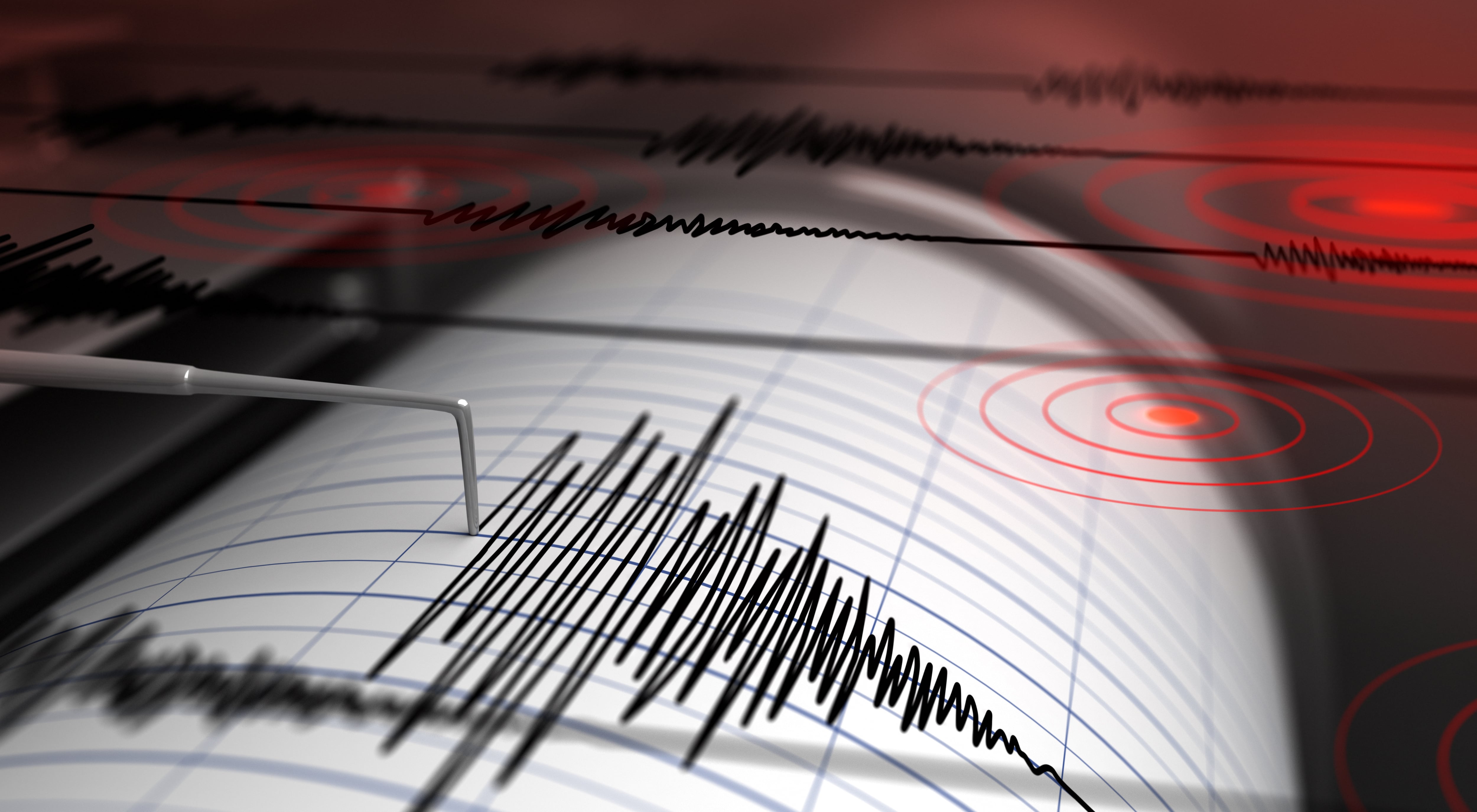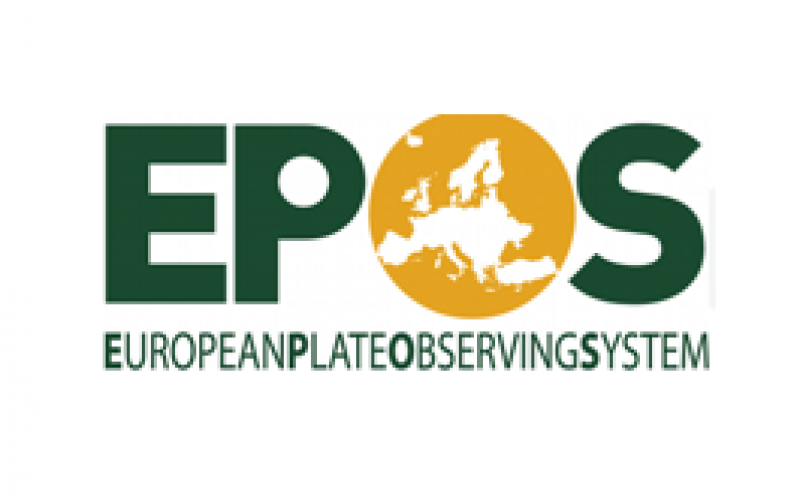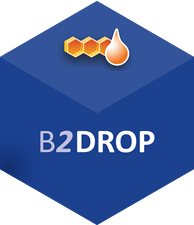
Overview
The European Plate Observing System (EPOS) is the integrated solid Earth Sciences research infrastructure approved by the European Strategy Forum on Research Infrastructures (ESFRI) and included in the ESFRI Roadmap in December 2008. EPOS is a long-term integration plan of national existing Research Infrastructures (RIs).
The establishment of EPOS will foster worldwide interoperability in Earth Sciences and provide services to a broad community of users. EPOS aims to be an effective coordinated European-scale monitoring facility for solid Earth dynamics taking full advantage of new e-science opportunities.
The Scientific Challenge
EPOS aims to provide all researchers of its community with basic e-science services relevant to solid Earth science, and to exploit the “core services” provided by EUDAT to build a robust e-infrastructure that uses state-of-the-art technologies for tasks as diverse as data staging and data replication, the implementation of AAI procedures and adoption of metadata and persistent identifiers. The adoption of EUDAT's research data management and infrastructure solutions is important for EPOS as it will ensure optimum standardization across the participating sub-communities within the solid Earth sciences.
Who benefits and how?
EPOS will create an internationally recognised European research infrastructure that will open new horizons for European research in solid Earth science. Seamless access to national and European data and services will attract a variety of diverse users and benefit society as a whole in tackling major societal challenges stemming from management of natural resources, including safety, natural hazards prevention and risk mitigation. The EPOS community and participating sub-communities within the solid Earth sciences are among the main beneficiaries of the outcomes of this collaboration.
Preliminary Results
B2SAFE is currently being used to facilitate long-term preservation of seismological datasets that are enriched with persistent identifiers (PIDs) and replicated onto external data facilities. We plan to extend this use case in order to improve access to the data and increase the likelihood of new discoveries using the data.
EPOS aims to achieve what is known as federated data management and discovery. (In short, that means that all our different databases will seem as though they are working together as one very large database, so, for example, people will not need to worry about searching through all the individual databases one at a time). Data management is a pivotal issue to any distributed data archiving system: it should always be possible to identify where data is stored, to find out whether the same data is available at data centres aside from the one where the master copy of the data is stored, and to know what quality checking has been performed and when. These are all characteristics that ensure that a distributed system, such as that of EPOS, will be both robust and reliable. At the same time, data acquired by EPOS (and replicated onto EUDAT resources) should be discoverable and promptly made accessible. Although EPOS is developing its own solution for the purpose of achieving maximum interoperability, EPOS is also seeking to exploit the services provided by EUDAT as much as possible.
In combination with B2STAGE we might soon simplify the staging of datasets onto/from computational resources, thereby minimising data transfers.
Federated identity management is also a major requirement in EPOS – this would enable all our members to use the same credentials to access all our databases and networks. We would like to simplify and harmonise the authentication and authorisation processes used at our different sites and B2ACCESS could provide us with a viable solution for doing that.
Some of our users are interested in using B2SHARE to publish the results of experiments and make them available to their colleagues. We also have a use case focused on B2DROP that aims to minimise data flows to/from users’ machines by creating a personal user space in the “cloud” where temporary requests can be stored.
We have identified a number of possible applications of EUDAT services to date, and doubtless many others will arise. In general, the EUDAT services contribute significantly by automating many technical chores, simplifying the daily work of our researchers and improving overall efficiency.


